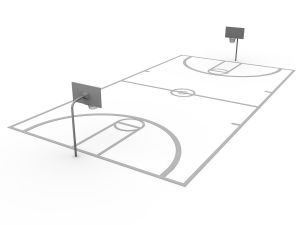By David Wolf, Attorney
Published by Child Injury Lawyer Network

Over the last 10 years, professionals have seen an increase in head injuries of basketball players. Head injuries, include concussions and head fractures. The question remains, has basketball become more of a contact sport or are coaches and professional just better at recognizing sports related head injuries? According to an article posted in “Pediatrics”, the increase in reported injuries may be due to better recognition by coaches and trainers of these types of head injuries.
It is important to be able to recognize head trauma in athletes. What seems like a little bump to the head may be a serious head injury. It is important to recognize early signs of head trauma. Sometimes, signs of a head injury may be very subtle. Athletes may complain of headaches. The athlete may have a brief memory loss or the even may seem confused. Some athletes will complain of feeling pressure in the head after suffering a blow to the head. Dizziness, slurred speech, nausea or vomiting, ringing in the ears, can all be signs of a head trauma. Some signs of a head trauma can develop over the next day or two.
Coaches and trainers are being encouraged to assess head injuries on the spot. The Sports Concussion Assessment (SCAT), is a tool for coaches and trainers to use to help evaluate head injuries. The SCAT contains several questions, such as recite the months of the year, that will help assess the severity of the injury.
If you suspect that your child has suffered a head injury, it is important to have the injury assessed and evaluated by a doctor. It is important to seek immediate medical attention, head injuries can be very serious. Do not allow your child resume playing any sport until all head injury symptoms have disappeared. For more information see “>Traumatic Brain Injuries and Basketball- Important Information for Parents and Coaches Involved in Youth Sports.
 Child Injury Lawyer Blog
Child Injury Lawyer Blog

